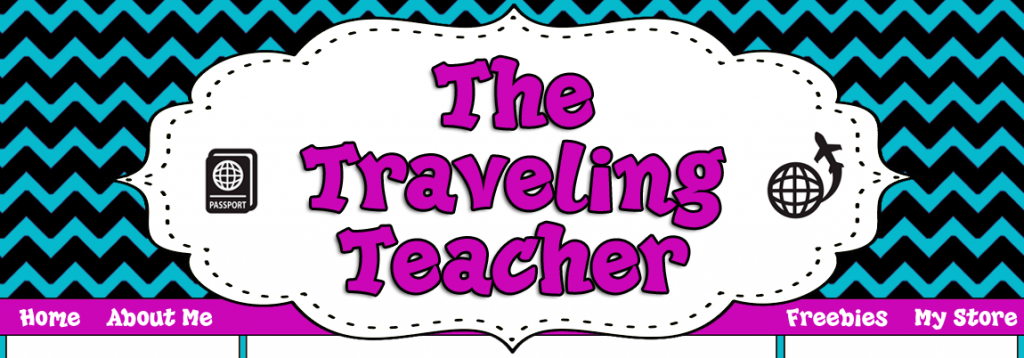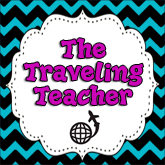Today
is the second session of the book
study
for Guided Math in Action hosted
by Courtney and
Sarah at their blog, Adventures in Guided Math.
Chapter 3
I do
not a compiled “teacher toolkit” just for myself or “student toolkits” just for
them. Instead, we all share the math
tools that are found in two lower cabinets.
They are easily accessible, yet do not add any clutter to the
classroom. I will be updating the labels
on each bin to allow for them to find the tool they need more easily. Some of
the math tools that are found in the cabinet are the following:
-base
ten blocks
-linking
cubes
-square
tiles
-rulers
-pattern
blocks
-seasonal
counters (pumpkins, hearts, etc.)
-plastic
coins and paper money
-laminated
hundreds charts
-ten
frames
-number
lines
-flashcards
-dice
-dominoes
-decks
of cards
If I
want students to use a particular tool, I take those bins out of the cabinet
and place them in a central area. Other
than that, students are allowed to use tools from the cabinet at will as long
as they use them as tools and not toys.
We had an issue with rulers this year becoming toys instead of tools, so
I plan on having a more in-depth discussion at the beginning of this year about
how to use math tools appropriately.
As
for routines, my students know to take out their math warm up each morning as
soon as they walk in the door and unpack.
This routine is going to change a little this year with my new Brain
Boosting Binders (more about these tomorrow).
When
I used Guided Math and the workshop model, I had a set routine where students
rotated through 4 activities each day. I
followed the MATH acronym:
M –
Math with the Teacher (guided math)
A –
At your Seat (independent practice of skill or math journal)
T –
Technology (math programs on the computer or tablet)
H –
hands-on math activity (individual, partner or group)
The
same group started with me and rotated in the same direction. That way the only thing I had to possibly
explain to the whole group was a new hands-on activity before beginning
rotations.
Chapter 4
Question
1: In my ideal world, I would meet with groups daily. This is my goal for the new school year. When I would do the MATH rotations last year,
I would meet with each group every day.
Question
2: My groups were not as fluid as I would like, but I did switch students
around if I felt it was necessary. I
would like to use pre-assessments and exit tickets to form my small groups. I know that this will better serve my
students.
Question
3: Record-keeping is one of my weak areas.
I do a lot of formative assessments, but I don’t always record these
assessments or observations. I need to
find a way to keep up with all of my notes this year. I like the post-it idea because there are
always post-its around, but I feel like I might need a more organized and
possibly bound notebook to use so that I don’t lose the notes. I'd appreciate any tips or suggestions for record-keeping.
The next session of this book study is Wednesday to discuss Chapter 5. If you want to join us, but haven’t bought the book yet, you can download it right now on your Kindle or
Kindle App. The book is $21.69 on Amazon for your Kindle or you can even rent
it on your Kindle starting at just $8. If you prefer a hardcopy of the book, it
is $33.20 on Amazon (get it in 2 days or less with Amazon Prime).


















I have struggled with record-keeping over the years as well. I am going to try the sticky note idea this year and explained how I am going to use it in my post today. I am hoping this will be the one for me. Time will tell... Thanks so much for sharing your thoughts and plans for this coming school year.
ReplyDeleteSarah
I get so caught up in actually doing the math and working with the kids that I forget to take notes. I downloaded the sticky note forms and may give them a try this year too. Thank you for sharing!
DeleteHi Lauren,
ReplyDeleteI like the MATH acronym you use for stations. Such an easy reminder for students on what station they are in and what is expected of them. Thanks for sharing!
Mel
The Teaching Crew
Thanks Mel! My second graders really caught on and knew where to start and where to go next.
DeleteThanks for the MATH acronym. Definitely something to remember!
ReplyDeleteThank you Pam. I hope you can use the acronym in your class too.
DeleteMATH acronym is fantastic! I haven't decided yet how I am going to set up my rotations, but I need to get with it. Summer is running out! :-)
ReplyDeleteCrystal
Teaching Little Miracles
Thanks Crystal! I need to get my math rotations figured out too since I didn't use them consistently last year. I love reading all of these books and other blogs, but then I get too many good ideas and can't decide.
Delete